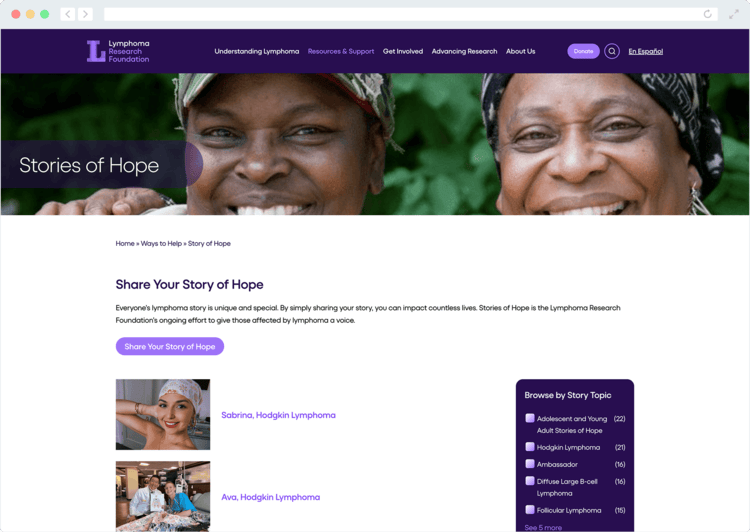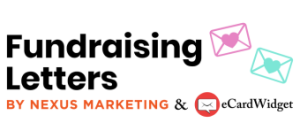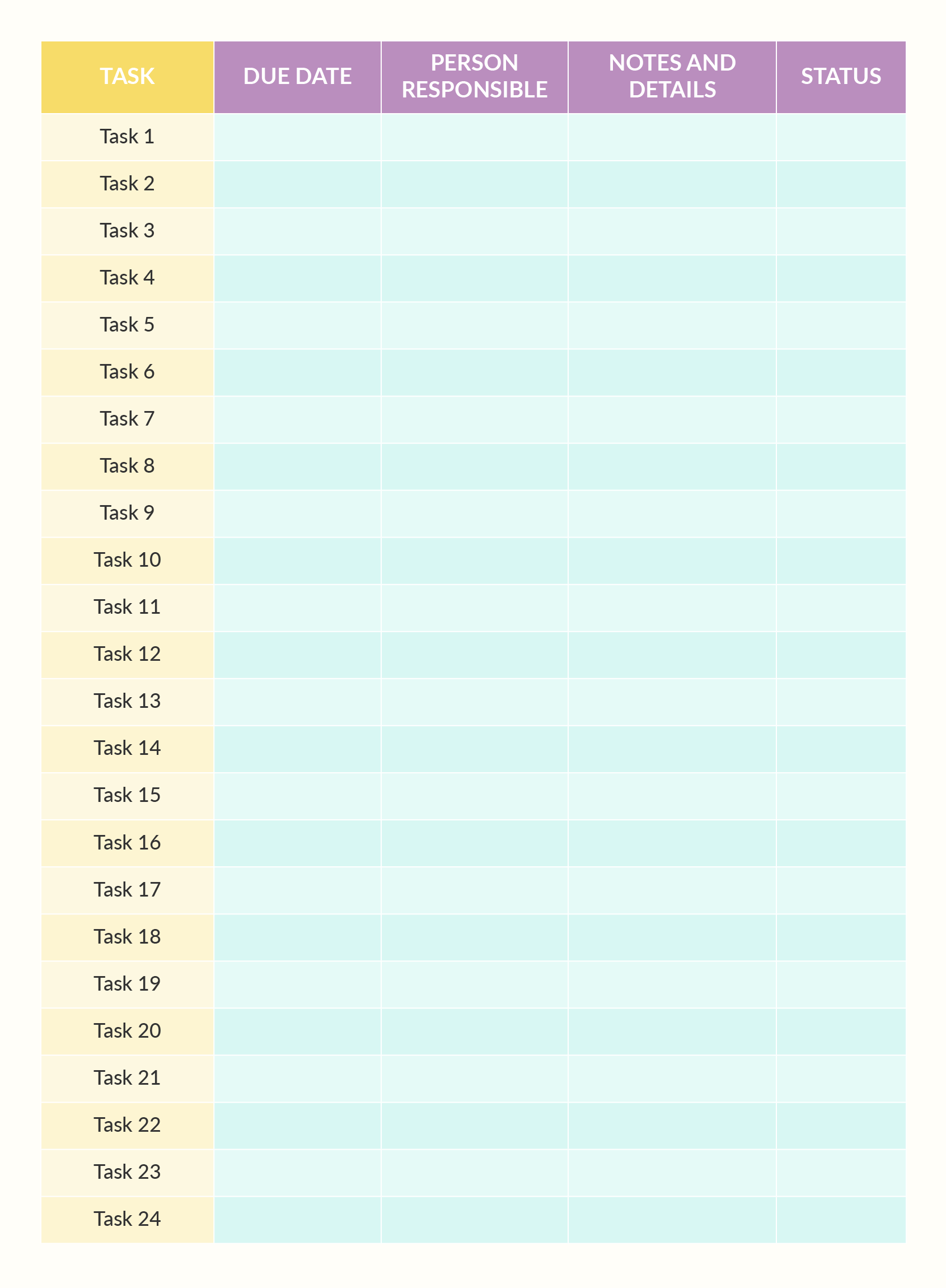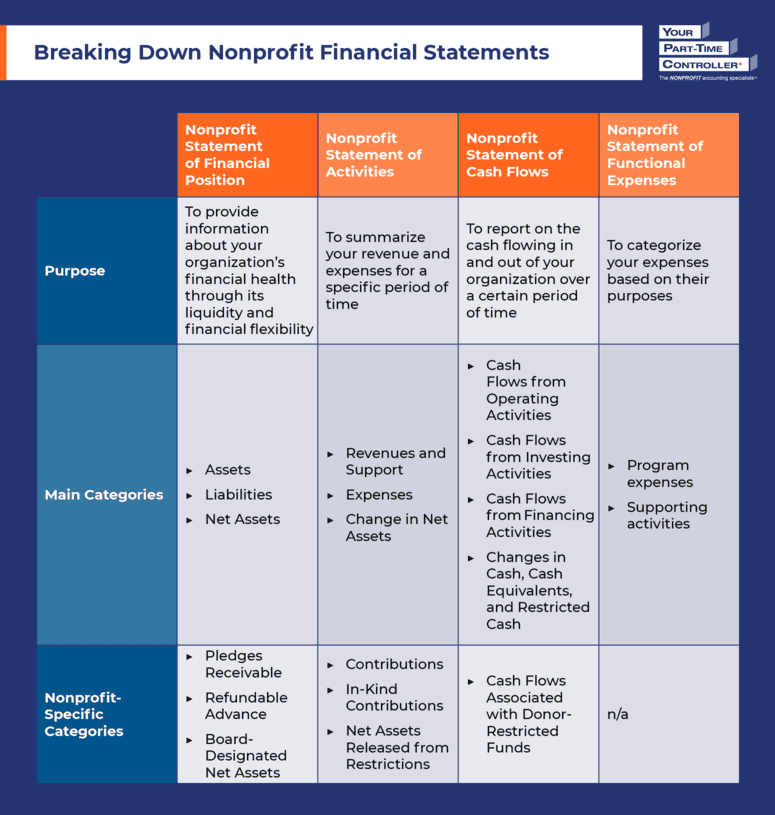Every story your nonprofit tells has the power to inspire generosity, build trust, and deepen relationships with supporters. But your impact stories can only do their job if people actually see them. Strategic placement matters just as much as the storytelling itself.
Impact stories bring your mission to life, transforming statistics into lived experiences and abstract goals into tangible outcomes. They connect donors to the people and communities their support touches. As a vital part of your nonprofit marketing plan, deciding where to share your stories is almost as important as the stories themselves.
Here are four of the most effective places to showcase your nonprofit impact stories and inspire ongoing donor engagement.
1. Your Nonprofit’s Website
Your website is your nonprofit’s digital home base and the most reliable place to showcase your impact stories. Unlike social media, where algorithms control visibility, your site offers full control over how stories appear and how long they’re accessible. A strong web presence helps users understand your mission at a glance, while also helping you measure and communicate nonprofit impact more effectively, showing donors what you do and the difference it makes.
Using your nonprofit site builder, you can build space for storytelling directly into your site’s structure.
Tips For Publishing Stories on Your Website
- Create a dedicated “Stories” or “Impact” section. This makes it easy for visitors to find your collection of narratives that clearly link your work to tangible outcomes.
- Embed videos and photos. Visuals make stories more compelling and relatable. Be sure to include image alt text and closed captions on videos for optimal accessibility.
- Include a call-to-action (CTA). Place a clear next step—like “Donate,” “Volunteer,” or “Share this story”—at the end of each story.
- Tag and categorize stories. Organize by program, theme, or audience so visitors can easily browse what’s most relevant to them.
- Feature standout stories on your homepage. Rotating highlights draw readers deeper into your site and can also promote your current priorities.
For example, the Lymphoma Research Foundation highlights its Stories of Hope program with prominently featured impact stories and a filter that lets visitors browse by topic to meet diverse audience needs. The program encourages supporters to both submit and read stories, fostering connection and support, while also showcasing the direct outcomes of LRF’s work.

2. Your Annual Report
Annual and impact reports aren’t just for financials! They’re a chance to show donors the real-world results of their generosity. Stories paired with data are especially effective in demonstrating progress across the donor lifecycle, showing how contributions translate into long-term change.
According to DonorSearch’s guide to nonprofit annual reports, organizations should balance quantitative results with qualitative storytelling. DonorSearch emphasizes that stories can bring numbers to life and help supporters emotionally connect with achievements.
How To Write Story-Driven Annual Reports
- Lead with a testimonial. Start each section with a quote from a donor, volunteer, or beneficiary.
- Show multiple perspectives. Feature stories from the people you serve, donors who make it possible, and volunteers who give their time.
- Tie stories to your goals. Align narratives with campaign themes or strategic priorities for clarity and cohesion, and use data to back your narrative.
- Use a narrative arc. Highlight a challenge, describe your nonprofit’s action, and showcase the outcome to drive the point home.
These stories transform your report into more than a compliance document. They turn it into a marketing and stewardship tool too.
3. Email Campaigns
Email is one of the most direct ways to connect with supporters—and one of the best vehicles for impact stories. In fact, email marketing drives about 28% of all online nonprofit revenue, making it an essential part of your communications strategy. The right story in the right format can strengthen appeals, especially when supported by proven email templates that increase donations.
Impact stories in emails help humanize your appeals and keep readers engaged over time. They also provide opportunities to link back to full stories on your site, increasing traffic and visibility.
Types of Emails That Benefit from Stories
- Monthly newsletters. Include a “story of the month” to keep supporters emotionally connected.
- Fundraising appeals. Show the real impact of past donations to encourage future gifts.
- Event invitations. Feature beneficiary or volunteer stories to highlight why participation matters.
- Thank-you emails. Share a recent win or testimonial to reinforce donors’ role in your success.
Cornershop Creative’s nonprofit email marketing guide highlights that email campaigns work best when tailored to audience needs. For example, segmented email lists ensure that stories resonate with the right supporters—major donors, new volunteers, or recurring givers.
4. Social Media
Social media platforms thrive on storytelling. With the right approach, they allow your nonprofit to amplify impact stories far beyond your immediate circle. Since posts can be reshared by staff, volunteers, and supporters, one strategic story can ripple across networks and attract new audiences.
How To Create Story-Fueled Social Posts
- Customize for each platform. Instagram works best for visual snippets, while Facebook and LinkedIn allow longer, more detailed storytelling.
- Encourage shares. Ask your board, staff, or volunteers to engage with content to expand reach.
- Diversify your stories. Share behind-the-scenes looks, spotlight donor contributions, highlight volunteers, or feature direct quotes from beneficiaries.
- Use images and videos. Visual content grabs attention and boosts engagement rates across platforms.
By turning your impact stories into engaging posts, you not only update existing supporters but also position your nonprofit for discovery by entirely new audiences. This strategy is especially powerful when tied to a fundraising goal. For example, pairing stories with event promotion—like highlighting beneficiary voices leading up to a fundraiser—can increase reach and drive registrations.
Final Thoughts
Nonprofit impact stories are more than feel-good narratives—they are powerful tools for building donor trust, deepening loyalty, and inspiring new gifts. By sharing them strategically on your website, in annual reports, through email, and across social media, you ensure that the right people see them in the right places.
Start small: choose one channel and begin sharing stories regularly. Over time, expand your efforts across platforms so supporters encounter consistent reminders of your mission’s success. When done well, your storytelling will inspire generosity and fuel long-term donor relationships.



